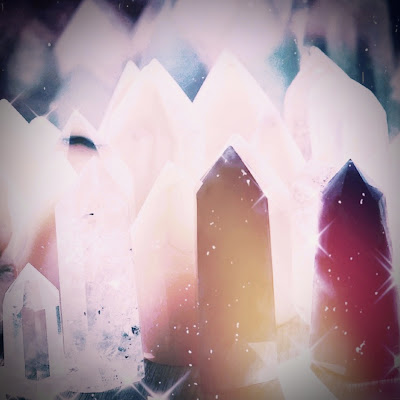Meditation is not always easy.
People who have problems with anxiety can find meditation to be especially challenging.
It takes focus and concentration, and must be practiced for years to reap the full benefits.
But it can be a vital part of managing stress, controlling our thoughts, and decreasing our feelings of irritability.
It is important to develop a meditation practice that helps you stay focused and flexible.
Doing some meditation is like taking a yoga class, but on a much smaller scale.
One of the benefits of meditating is the ability to reduce stress.
It is often difficult for people to concentrate when they are stressed, so meditating can help us to find an even deeper sense of relaxation.
So when you are tempted to take on more responsibilities, think about ways that you can reduce your workload and concentrate on other, more positive things.




